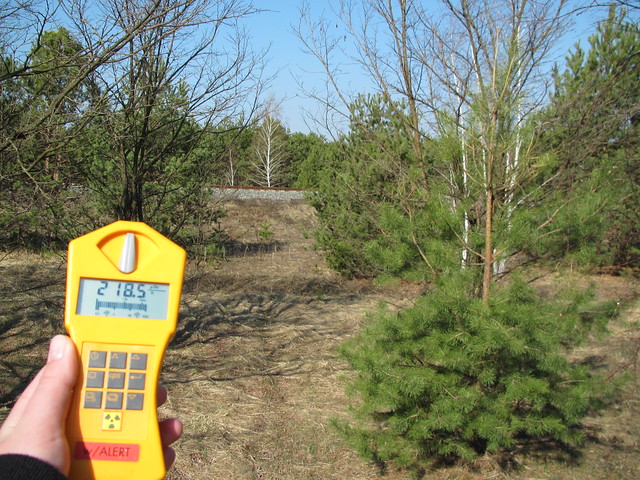Red Forest, 30 years later dead trees don't rot, microbes affected by radiation
What’s Wrong With Chernobyl's Trees?
Original Article Link
A new threat to the Red Forest, 30 years later.
By Jim Festante
The effects of the nuclear disaster in Chernobyl are still evident nearly 30 years after the catastrophic meltdown in local animals, plants, and, researchers now note, all the way down to microbes
--------------------------
As a result of the Chernobyl accident, tens of thousands of hectares of forests have experienced massive radioactive contamination, located in the immediate vicinity of the Chernobyl NPP and stretching approximately two kilometers west of the station. These were mainly single-crop plantings of Scotch pine (Pinus silvestris). Signs of radioactive mutation of conifers are already evident, having absorbed approximately 100 doses. It should be noted that the main radiation fallout on the pines resulting from the Chernobyl accident occurred during the revitalization process of plant growth. In such a period the radiosensitivity of plants increases 1,5–3 times as compared to other periods. The crown of fairly dense pines acts as an effective filter, which helped delay the effects of large quantities of radioactive dust and aerosols in the crowns of these trees. Pine needles are typically not dropped for 2–3 years, causing a slow natural cleaning of crowns as compared with hardwood trees. This factor increased the radiation effects on coniferous trees compared to other breeds.

Results of the radiation effect on pine forests were directly
dependent on the amount of received radiation doses.
Considering the nature of the radiation effects,
scientists have classified four zones: Whole story at Nuclear Flower http://www.nuclearflower.com/zone/zone08.html
dependent on the amount of received radiation doses.
Considering the nature of the radiation effects,
scientists have classified four zones: Whole story at Nuclear Flower http://www.nuclearflower.com/zone/zone08.html


